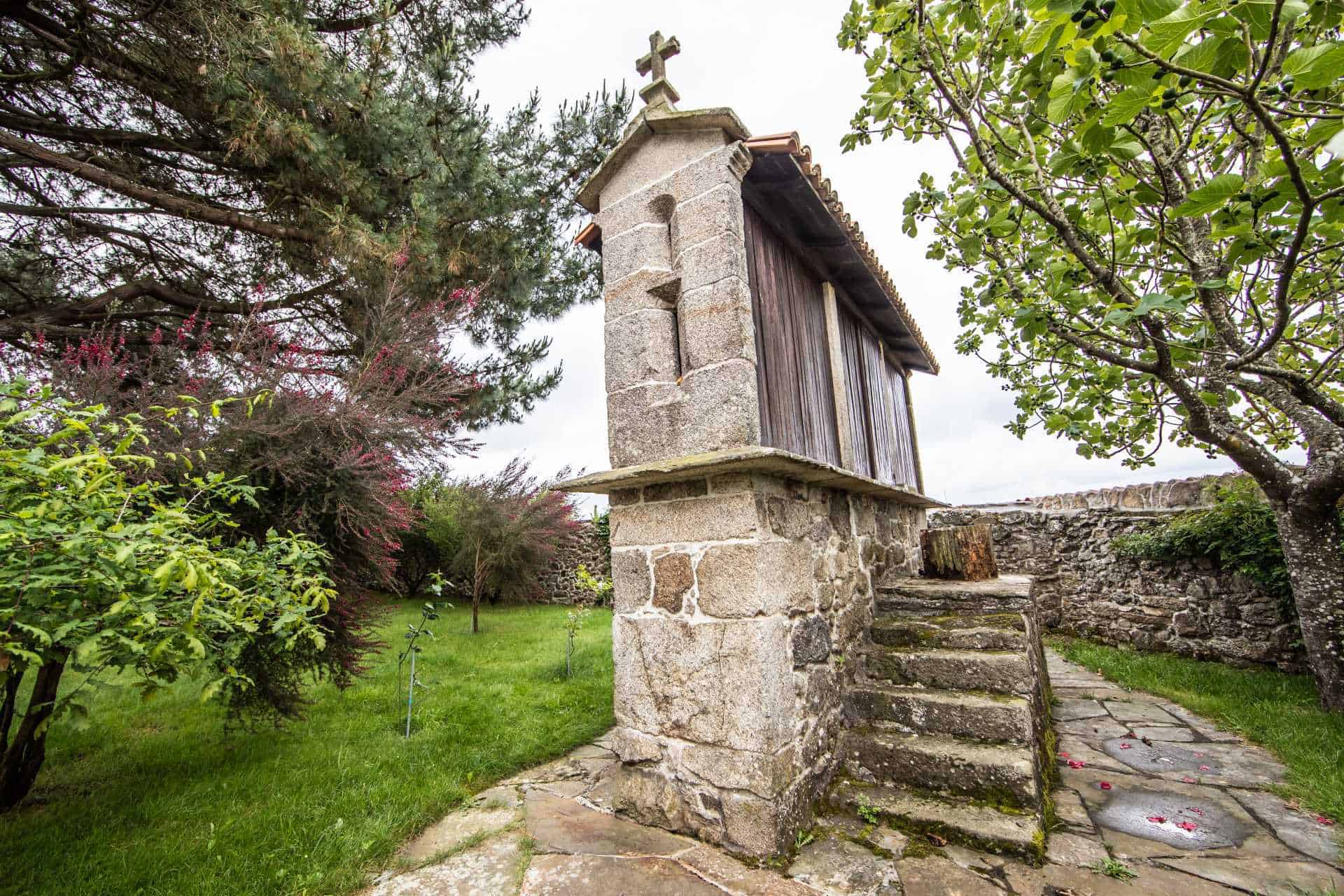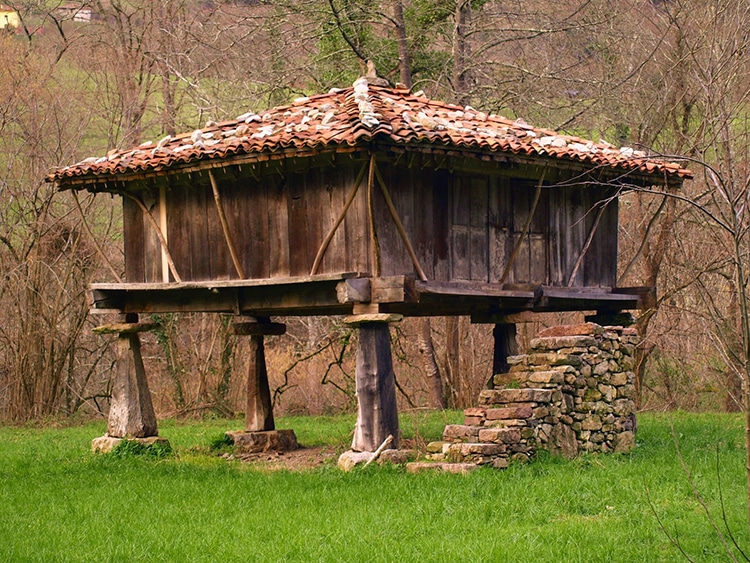
A horreo is a traditional granary or storage building commonly found in the northwest region of Spain, particularly in Galicia, Asturias, and Cantabria. These structures are typically raised off the ground on pillars or stilts to protect the stored grain or food from moisture and pests. Horreos are characterized by their unique architectural design, featuring a rectangular or elongated shape with slatted walls or vents to allow for air circulation.

The construction of horreos dates back centuries, with some examples dating as far back as the Middle Ages. They were originally used to store and preserve crops such as corn, wheat, and other grains, as well as other food items like potatoes and beans. The elevated design of horreos helps to keep the stored goods dry and safe from rodents and insects.

Horreos are not only functional structures but also hold cultural significance in the regions where they are prevalent. They are often decorated with intricate carvings, symbols, or patterns, reflecting local craftsmanship and traditions. In addition to their practical use for food storage, horreos have become iconic symbols of rural life in Spain, attracting tourists and visitors who appreciate their historical and architectural value.
#archaeohistories






